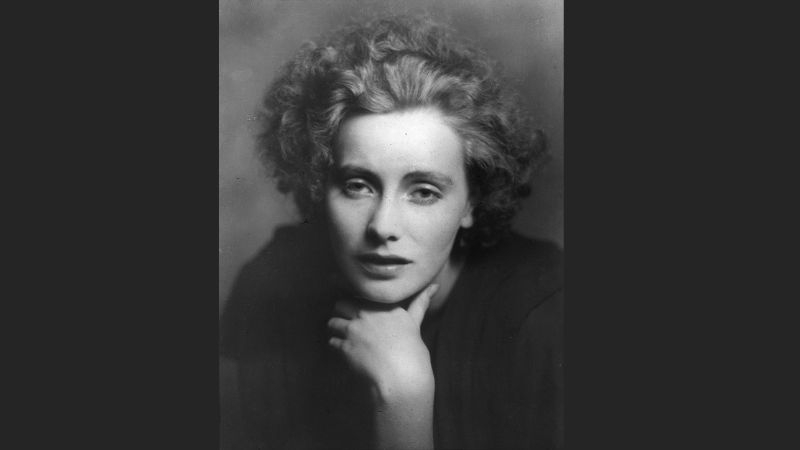Actor Greta Grabo who was one of the first screen icons died on this day in 1990.
Grabo’s career straddled the silent film and golden era, and she was an inspiration to many artists who followed.
After retiring in the late 1940’s Gardo spent the 40 years travelling and living a quieter life in New York. While she’s often quoted as saying “I want to be alone.” she did clarify in a 1955 interview that she’d actually said she wanted to be “left alone”.

Born Greta Louisa Gustafsson is Stockholm in 1905 she began acting in her native Sweden in 1924 in the film The Saga of Gosta Berling. Her performance caught the eye of Metro-Godwyn-Mayer boss Louis B. Mayer who brought her to Hollywood.
She quickly became one of MGM’s biggest stars with films including Flesh and the Devil (1926), A Woman of Affairs (1928), The Mysterious Lady (1928) and The Kiss (1929).
In 1930 she appeared in her first ‘talkie’ film making the transition from the silent era when she starred in Anna Christie. More hits followed with Romance (1930), Mata Hari (1931), Susan Lenox (Her Fall and Rise) (1931), Grand Hotel (1932), Queen Christina (1933) and Anna Karenina (1935).
Her final film was 1941’s Two Faced-Woman which was a box-office flop but earned her a fourth Best Actress Oscar nomination. Garbo continued to be offered roles in films but turned them down, eventually announcing her retirement.
Garbo was famous for avoiding Hollywood functions, preferring to spend time with friends, she never signed autographed, or answered fan mail, and never turned up to the Oscars – even when she was nominated.
Garbo favoured men’s clothes and shoes, often pairing a trench coat, trousers and shirt with a big sloppy hat and sunglasses. Historians recognise that Garbo was bisexual and had many romances. Silent film star Louise Brooks stated she’d had a liaison with Garbo, and she had a long friendship with lesbian writer Mercedes de Acosta. The Rosenbach Museum and Library in Philadelphia holds Garbo’s correspondence including 181 letters, cards and telegrams with de Acosta, of which only 97 have been made public.
She lived her final years in New York collecting art, spending times with friends and famously walking in the city’s parks. She reportedly also suffered from long bouts of depression.
Garbo certainly made her mark on popular culture, Madonna’s Vogue lists her as an inspirational star of the silver screen, and the singer has channeled Garbo in her music videos and love performances. She’s also mentioned in Cole Porter’s You’re the Top, Kim Carnes’ Betty Davis Eyes and Freddie Mercury’s Living on Your Own is all about Garbo.





